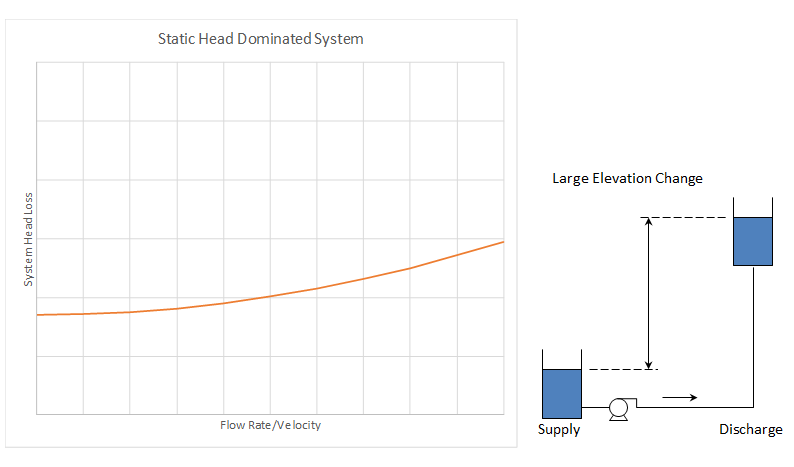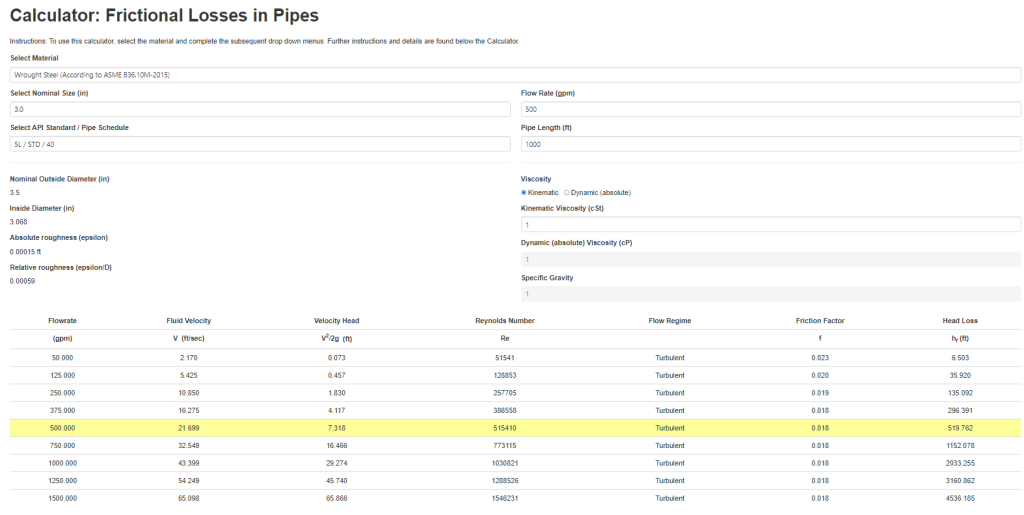Engineering Data Library: A Reliable Web Resource
Let’s face it, no matter how well you know your pump system it’s good to have an accurate, up-to-date reference when it comes to checking up on pumping fundamentals, fluid properties, and pipe system friction losses. Whether it involves changing the setpoint of an active valve or reviewing wear when pumping slurries, the Hydraulic Institute’s Engineering Data Library is an important resource.
Category: Blogs, PSM Newsletter, Free Tools June 15, 2021
Let’s face it, no matter how well you know your pump system it’s good to have an accurate, up-to-date reference when it comes to checking up on pumping fundamentals, fluid properties, and pipe system friction losses. Whether it involves changing the setpoint of an active valve or reviewing wear when pumping slurries, the Hydraulic Institute’s Engineering Data Library is an important resource.
The library currently provides information on pump and system fundamental principles, calculations, fluid properties, fluid flow, and friction loss and unit conversion calculators. The data and equations, presented in both US and Metric units, are based on standards developed by HI and other well-regarded sources. It is a trusted source of information on the web at a time when that is not always a given.
The library itself is divided into four main sections:
Pump Fundamentals. This section is a tutorial that introduces such concepts as system curves (Figure 1), pump curves, combined pump-system curves, pump principles, and pump sizing in the real world. It starts with definitions and system curve calculations, then moves onto topics, like net positive suction head (NPSH) and affinity rules for impeller speed and diameter.

Fluid properties. Pumps handle a variety of materials, and this section covers water, solids and slurries, viscosity, and other types of fluids. The section on water, for example, provides data on specific gravity and properties of water at a variety of temperatures. The page on slurries and solids provides important data for assessing abrasive wear and equations to help calculate specific gravity, concentration of solids by weight, and slurry flow.
Fluid flow. This section starts with a general overview of the topic, including pipe friction and roughness, minor losses from valves and fittings, and how to calculate friction losses. There are sections on losses in valves, fittings, and bends as well as losses with other fluids and losses in nozzles. There is also a section specifically on losses with paper stock.
Tools. Calculators are what this section is all about. It includes a piping friction loss calculator that incorporates pipe and tube friction factors as well as the standard equations presented in the data library (Figure 2). This calculator makes it easy to understand how the pipe dimensions, fluid properties, flow rate, and pipe length relate to frictional head loss. This section includes a unit converter that handles everything from density, velocity, and force to volumetric flow, temperature, power, and viscosity. The viscosity unit converter handles both kinematic and dynamic viscosity.

For everyone involved in pumping systems, HI’s Engineering Data Library is the place to go to brush up on what you might already know, learn something new, and find tools that make your job easier—and it is as close as the computer monitor on your desk. Check it out at edl.pumps.org.
Subscribe to the Pump Systems Matter Newsletter through our Contact Us form.
SUBSCRIBE TODAY
Get the latest pump industry news, insights, and analysis delivered to your inbox.
